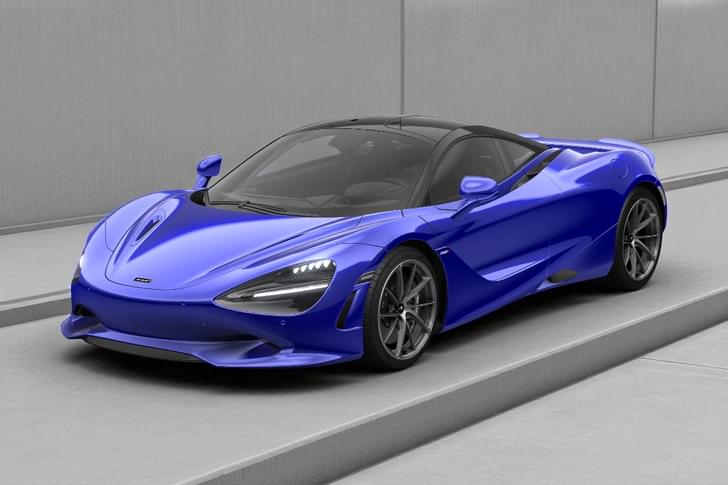McLaren has unveiled its new lightweight carbon-fibre architecture as it gears up to launch the first car in its hybrid Sports Series next year.
- New Sports Series range is set to feature more affordable hybrid McLarens
- New carbon-fibre architecture to underpin upcoming hybrid Sports Series range
- McLaren is focusing on eliminating the weight penalty of a hybrid powertrain
What about the added weight of a hybrid powertrain?
Developed at the firm’s new Composites Technology Centre (MCTC) in England, the platform has been designed with a focus on lightness to offset the added weight of an electrified powertrain.
While it won’t be possible to fully cancel out the weight penalty of a hybrid system, CEO Mike Flewitt hopes to minimise it. He previously mentioned that his ambition was “to launch the hybrid at the same weight as the outgoing car”. He added: “We’re not going to hit that, but we’re going to be within 30-40kg. When you think the P1 hybrid system was 140kg, we've done a huge amount to manage the weight.”
It is said to use “world-first processes and techniques” in an effort to reduce weight while maintaining structural integrity and improving safety. Software determines the ideal shape and orientation for each sheet of carbon-fibre, for example, to optimise the shell’s strength and weight.
How far along is the development of the new architecture?
A prototype of the new ‘Monocell’ architecture – codenamed PLT-MCTC-01 (Prototype Lightweight Tub, McLaren Composites Technology Centre, Number One) – left the Rs 486-crore MCTC facility in 2019, with a crash testing programme set to get underway ahead of the launch of the first new-generation car. McLaren previously said the new site’s workforce would swell from 60 workers to more than 200 when the architecture enters production.
Earlier this year, the company’s first hybrid Sports Series model (the P1 and Speedtail belong to the Ultimate Series line-up) was spotted in prototype form, revealing a production design similar to that of the McLaren GT from the Super Series. Current Sports Series models include the 600LT, 570S and 540C.
Who makes the carbon-fibre tubs for other McLarens?
Carbon-fibre tubs for the Speedtail hybrid hypercar and McLaren GT are produced by an Austrian firm called Carbo Tech, but MCTC will handle production of the new Monocell unit. The company is transitioning to a maker of electrified sportscars and will roll out hybrid powertrains with all of its Sports Series models, which will each be based on the new architecture.
What will the new car’s power output be like?
The as-yet-unnamed plug-in hybrid model will take its power from a twin-turbocharged petrol V6 mated to an electric motor of unknown capacity. Performance figures remain unconfirmed, but it’s expected to manage 32km of electric-only range from a single charge.
Why is the new lightweight carbon-fibre architecture so important?
McLaren CEO Mike Flewitt said: “The new ground-breaking vehicle architecture is every bit as revolutionary as the Monocell chassis we introduced with the company’s first car, the 12C, when we first embarked on making production vehicles a decade ago.
“This new, ultra-lightweight carbon-fibre chassis boasts greater structural integrity and higher levels of quality than ever before with our new MCTC facility quickly becoming recognised as a global centre of excellence in composite materials science and manufacturing.
“Our advanced expertise in lightweight composites processes and manufacturing, combined with our experience in cutting-edge battery technology and high-performance hybrid propulsion systems means we are ideally placed to deliver to customers levels of electrified high-performance motoring that, until now, have simply been unattainable.”






























